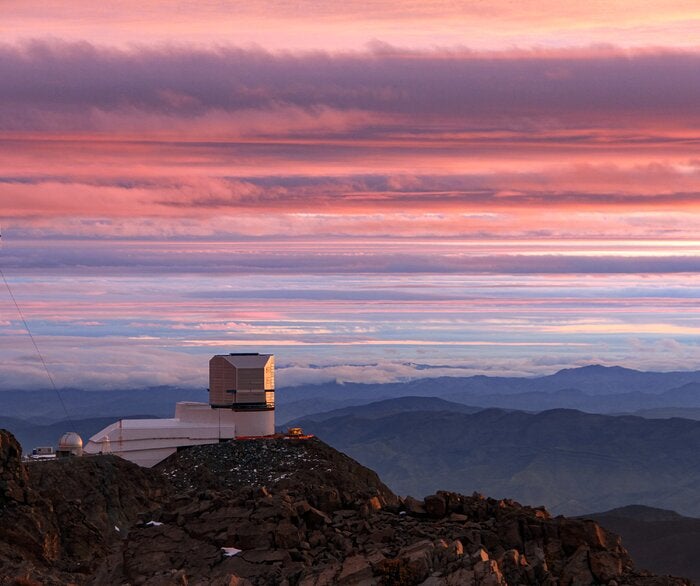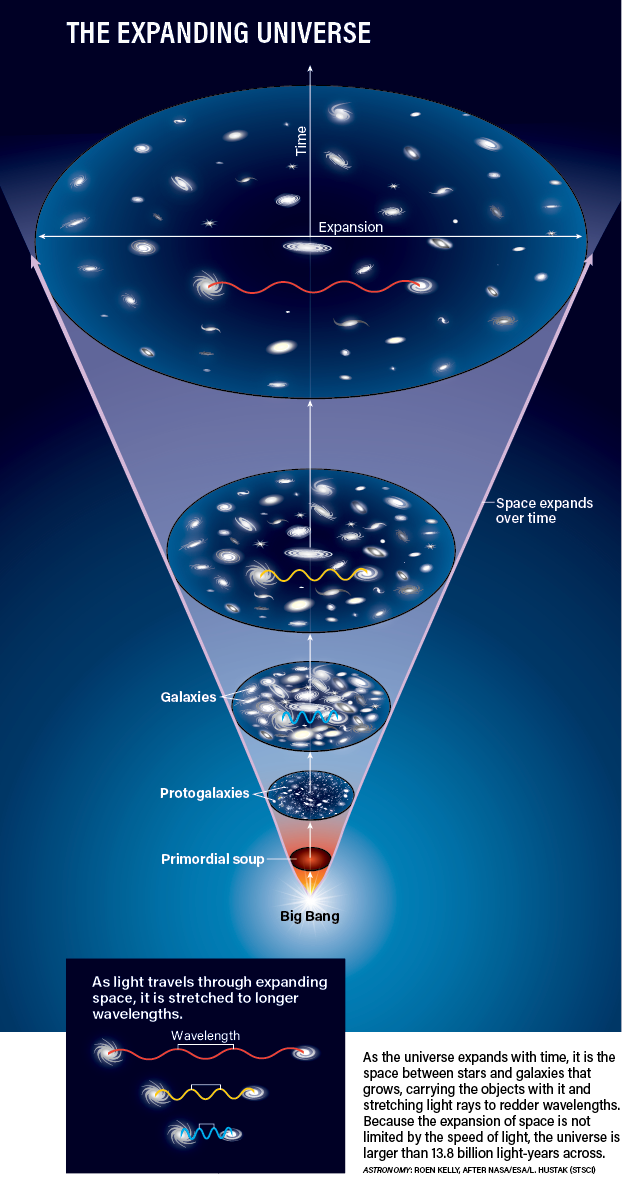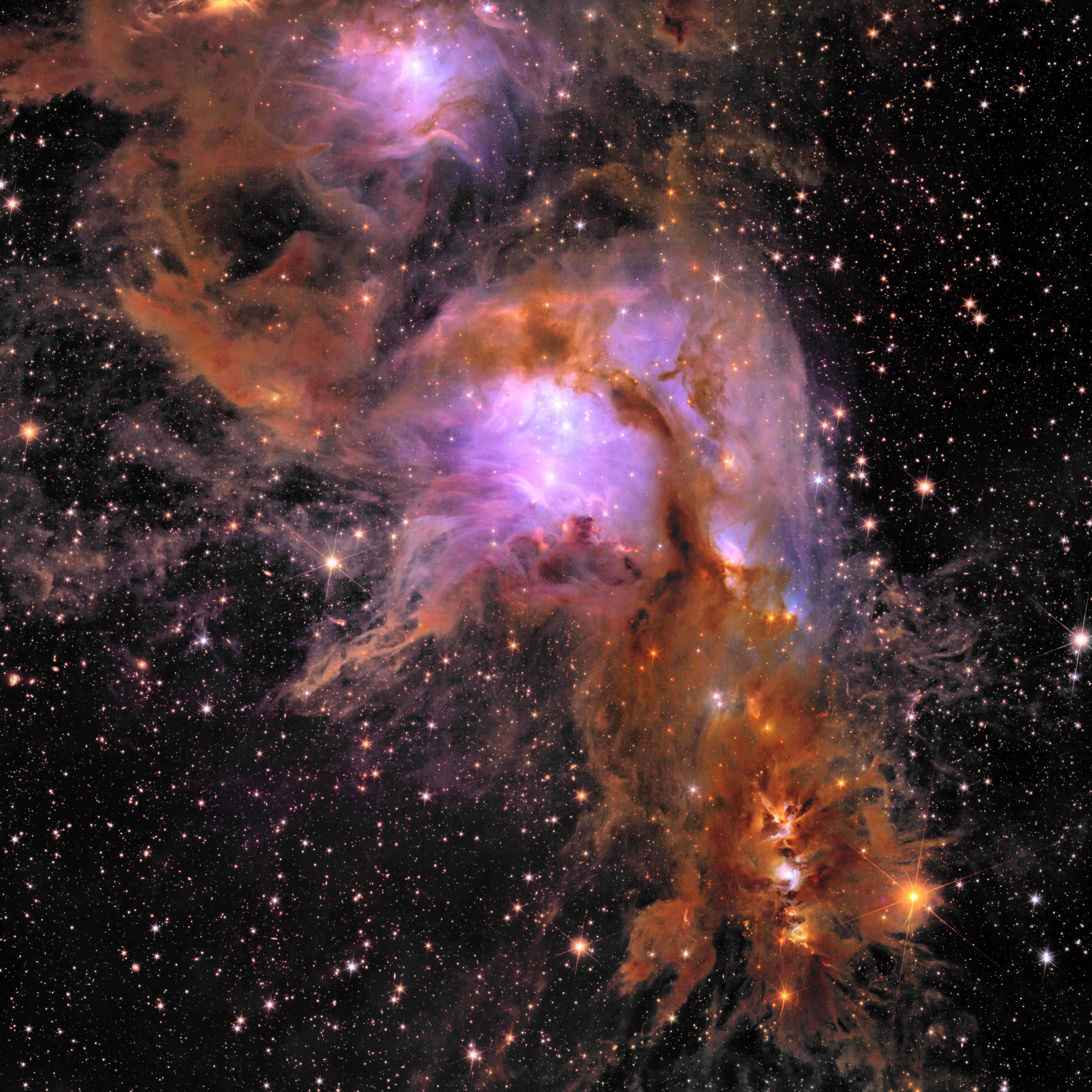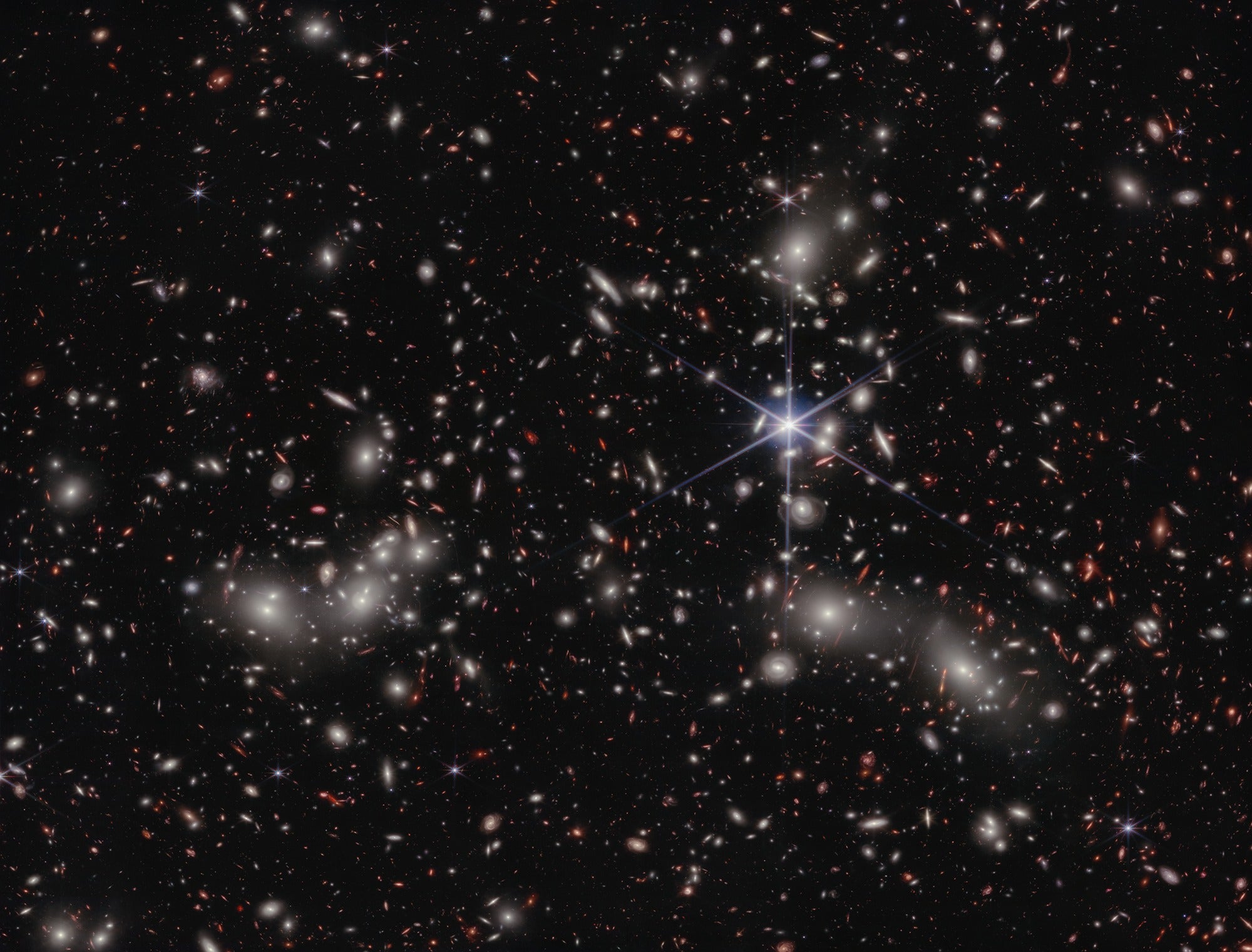I explored NASA’s sad funding situation and its drought of future large missions — and how other countries are becoming key players in space exploration — in the September article “Has NASA lost its edge?” The next large-scale science mission, called the James Webb Space Telescope, however, is a product of the American space agency (although after this project, NASA has no other large-scale space observatories planned). Webb, scheduled for an October 2018 launch, will have a 6.5-meter mirror to collect the universe’s “first light” — marking the time in cosmic history that the first galaxies and stars lit up. The observatory has the ability to transform what astronomers know about the cosmos.
Scientists are certainly counting down to the mission’s launch — and for very good reason. Webb is a huge project in every respect: cost, schedule (it’s been in planning or construction phases since the mid-1990s), number of scientists involved, and, of course, the science it will investigate. In the September 2010 Astronomy, NASA senior science writer Francis Reddy described the details Webb should be able to resolve, and thus the astronomical puzzles it will solve, in “The next great space telescope takes shape.” You can read this article below.










